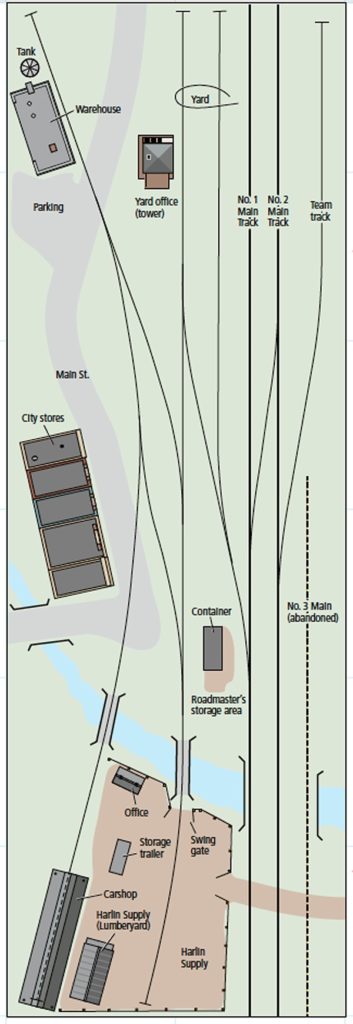
Let’s be frank, not all of us have the luxury of immense space for a massive model railroad empire. But that doesn’t mean you can’t enjoy the hobby, even in the most cramped room. By turning the pages of past issues and books by the Model Railroader staff, here are five recommendations for compact track […]
Read More…
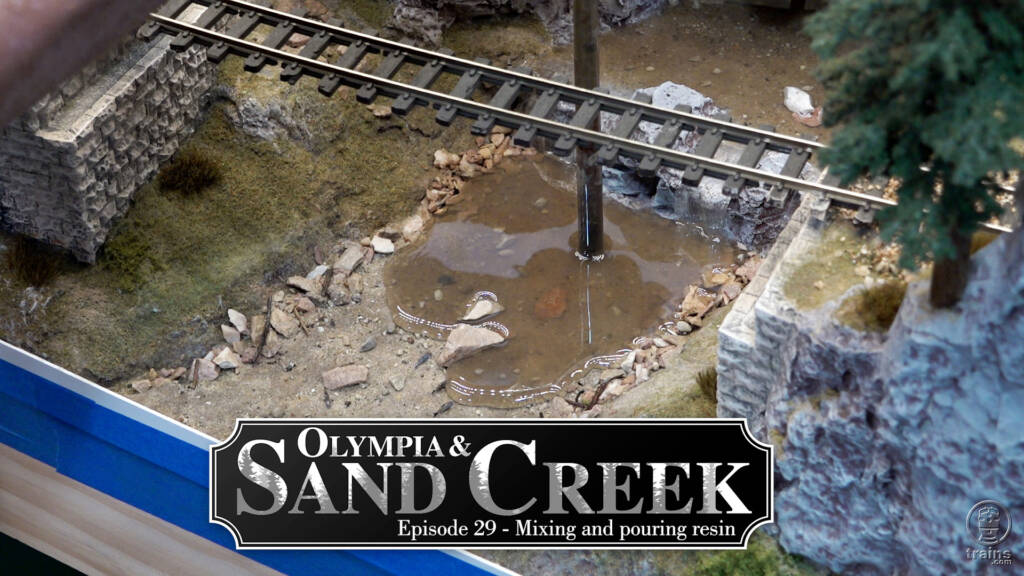
With the waterfall effects installed and cured, host David Popp is now ready to pour the Woodland Scenics Deep Pour Water (murky variety) on the Olympia & Sand Creek On30 logging layout! He shares how to add a splash of detail to scene, using Miniprints fish and fowl, plus a figure of a former Model Railroader […]
Read More…
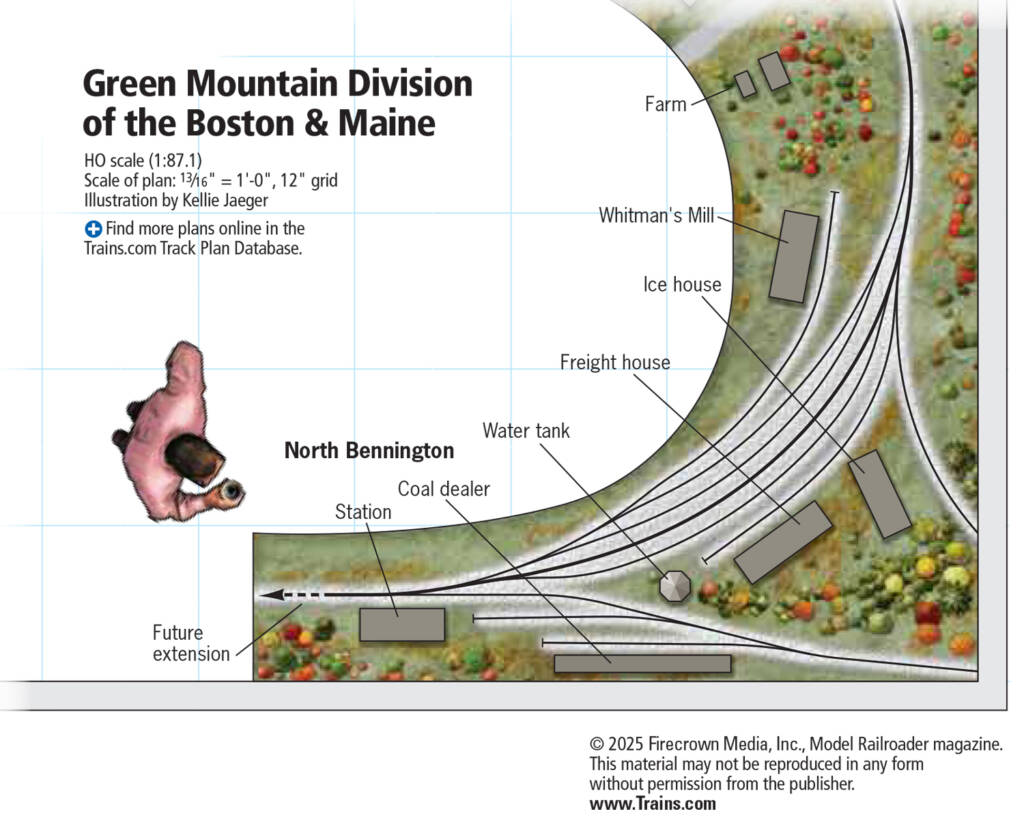
Facts and features Name: Green Mountain Division of the Boston & MaineScale: HO (1:87.1)Size: 12′-8″ x 20′-0″ plus 12′-0″ x 30′-0″ additionPrototype: Boston & Maine, Central Vermont, and RutlandLocale: VermontEra: 1950 to 1958Style: Around the wallsMainline run: 120 feet (original), 70 feet (extension)Minimum radius: 28″Minimum turnout: Hand built to fit, most no. 6 with no.4 […]
Read More…
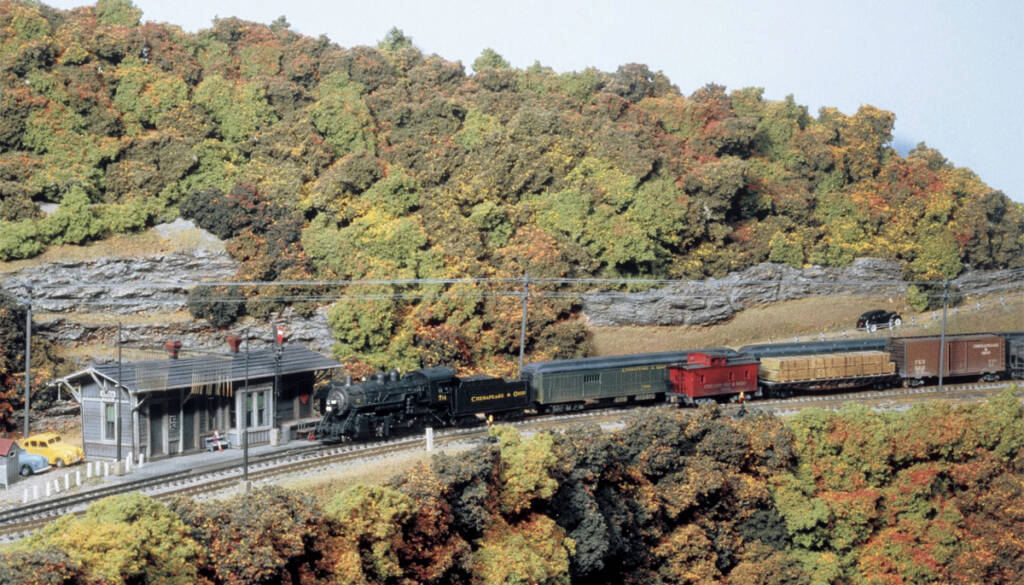
When I first started work on my layout, I built wood and plastic structure kits. I quickly grew frustrated with these buildings as few of them represented those found in Appalachia and along the Chesapeake & Ohio. Considering the lack of accurate building available on the marktet, I began scratchbuilding my own structures from wood […]
Read More…
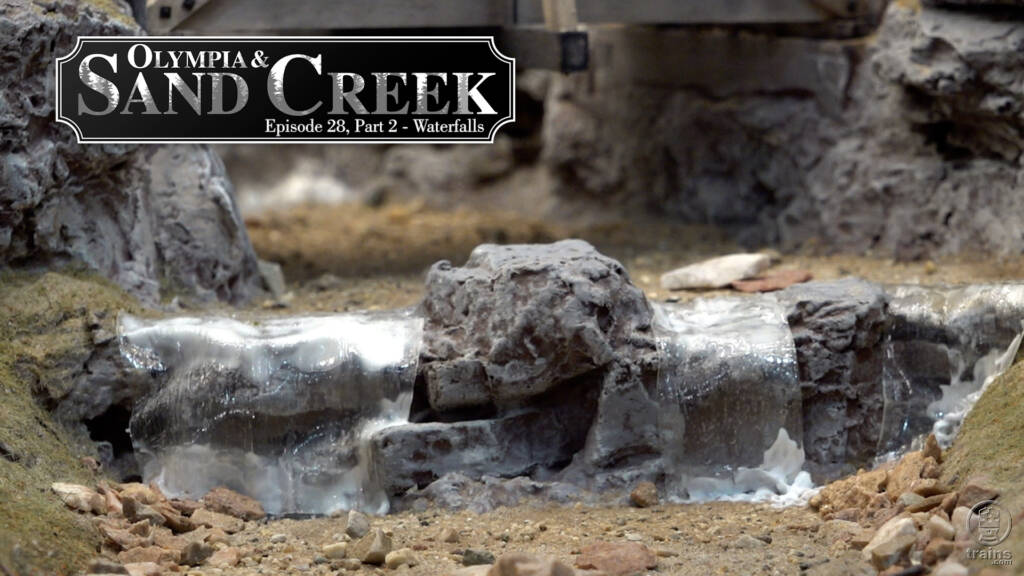
As the waterworks continue, David details his process for creating realistic waterfalls for the Olympia & Sand Creek On30 logging layout. He starts by making flexible waterfall sheets using multiple coats of Woodland Scenics water effects paste on plate glass. He also shows how to build containment dams across the river rocks using clear silicone […]
Read More…
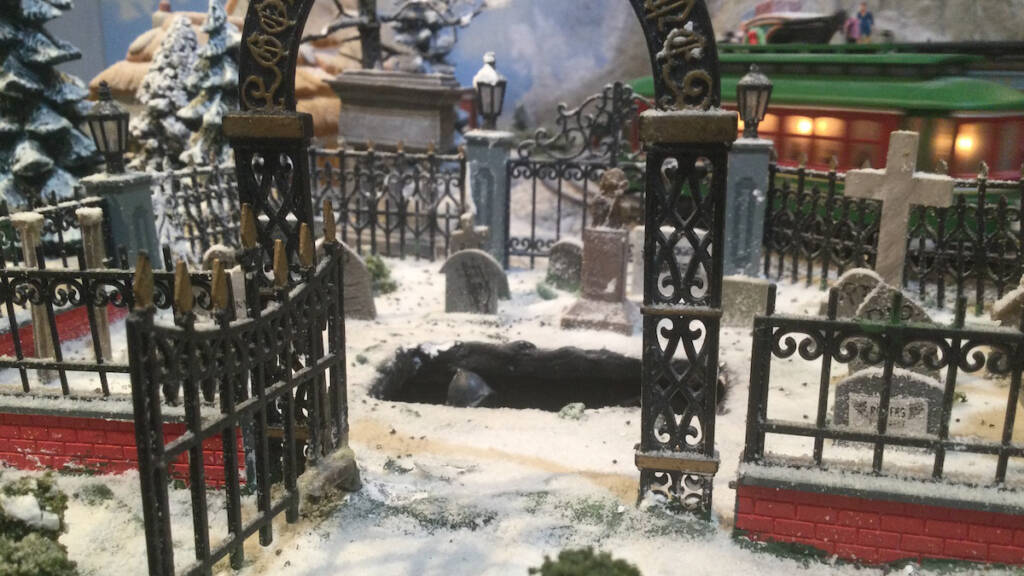
I enjoy animating scenes on my O gauge layout, and have come across a great way to get slower, more-precise realistic action: using servos. A servomotor, or servo, is a small, inexpensive device that provides control over the position, speed, and acceleration of a mechanical system. The device is readily available, easy to program, and […]
Read More…
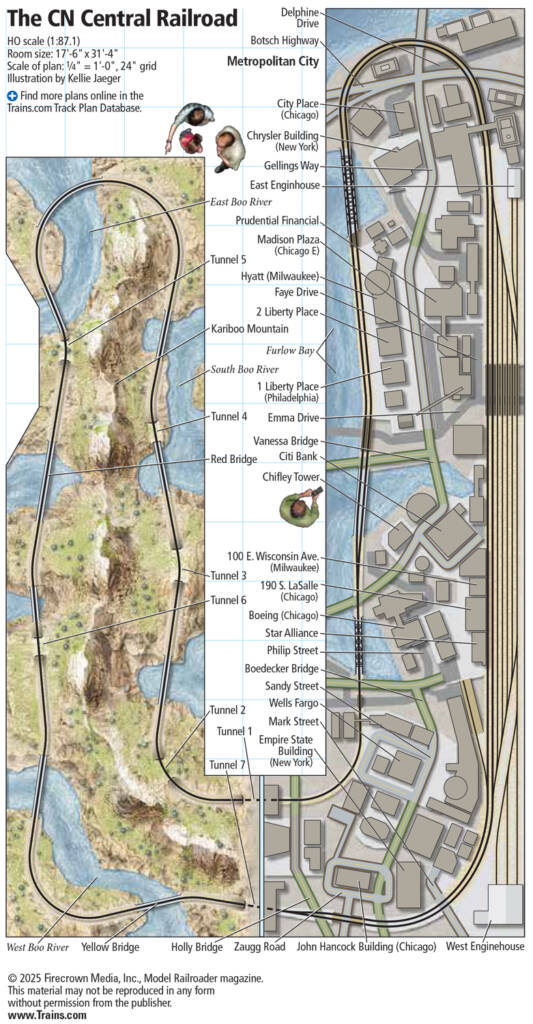
Facts and features Name: The CN Central RR Scale: HO (1:87.1) Size: 17′-6″ x 31′-4″ Prototype: Canadian National, CN Central Locale: Wisconsin and Canada Era: 2010 to the Present Style: island walkaround Mainline run: 125′-6″ Minimum radius: 24″ Minimum turnout: No. 6 Maximum grade: none Benchwork: Open grid box frame around door slabs, folding steel […]
Read More…
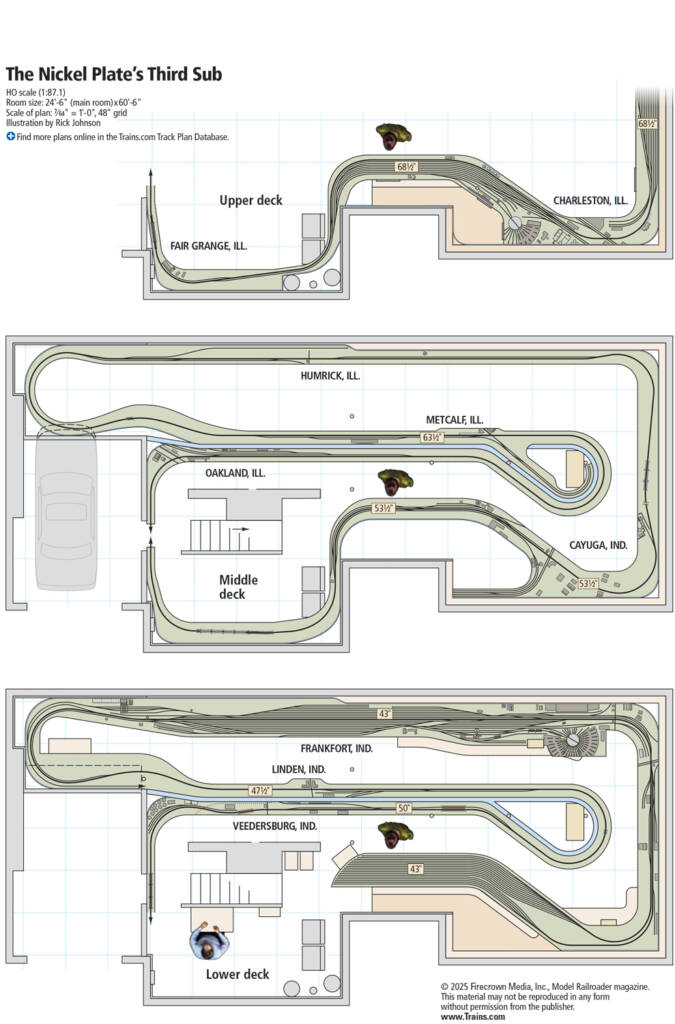
Facts and features Name: Nickel Plate Road, St. Louis Division, Third Sub. Scale: HO (1:87) Size: 24′-6″ x 60′-6″ Prototype: Nickel Plate Road Locale: west-central Indiana, east-central Illinois Era: fall 1954 Style: multi-deck Mainline run: 500 feet Minimum radius: 42″ Minimum turnout: No. 6 (yard), No. 8 (main) Maximum grade: 1.5 percent Benchwork: open grid; […]
Read More…

Open houses, whether at model railroad clubs or private home layouts, offer fantastic opportunities to connect with fellow modelers and share the hobby. It’s also a joy to see what makes a layout tick and how one differs from another. While hosting an open house requires careful planning — as Arlan Tietel thoroughly explains in […]
Read More…
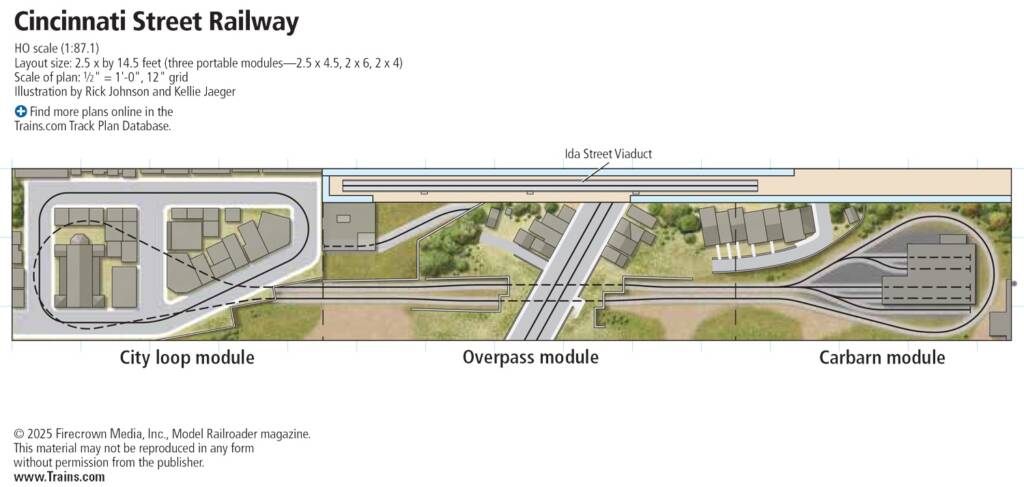
Facts and features Name: Cincinnati Traction Scale: HO (1:87.1) Size: 2′-6″ x 14′-6″ Prototype: Cincinnati Street Ry. (city streetcars) and Cincinnati & Lake Erie (interurban) Locale: Cincinnati, Ohio Era: 1930s and ’40s Style: shelf Mainline run: Approximately 24 feet (dogbone on interurban rapid transit line) Minimum radius: 7″ on streetcar line, 11″ on interurban rapid […]
Read More…
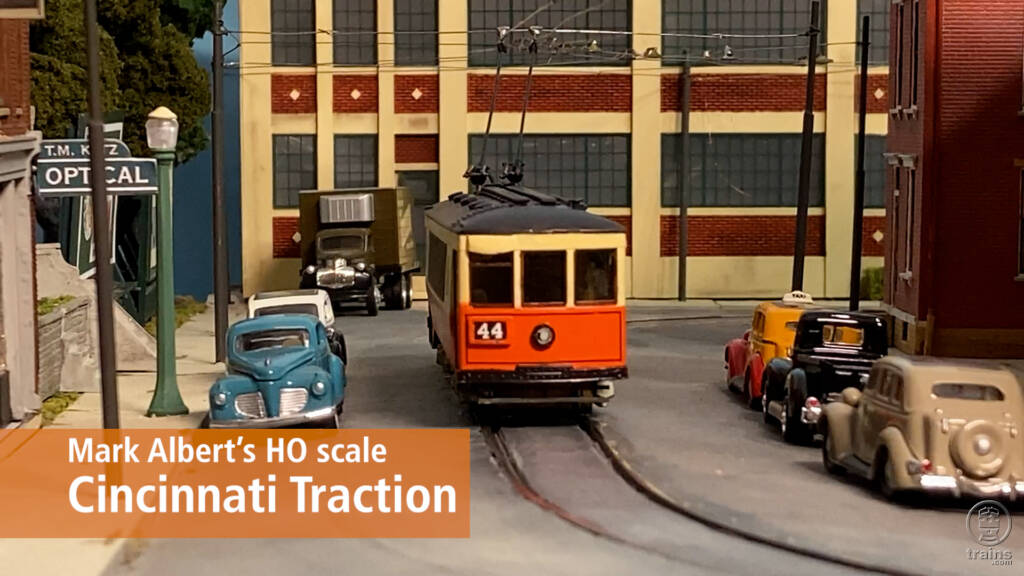
Dive into the captivating world of Cincinnati’s traction history with Mark Albert’s stunning HO scale model railroad! Originally built to travel to train shows, this layout, presented in the October 2025 issue of Model Railroader magazine, has found its permanent home, allowing for incredible new details and enhancements. Explore intricately modeled street scenes complete with […]
Read More…

In this episode, David Popp builds out a river with rapids and waterfalls for his Olympia & Sand Creek On30 logging layout. He gets things started by sharing his proven method for installing styrene dams to contain the resin “water” pour. Next, David focuses on creating the riverbed with a mix of sand, rock, and earth. […]
Read More…












